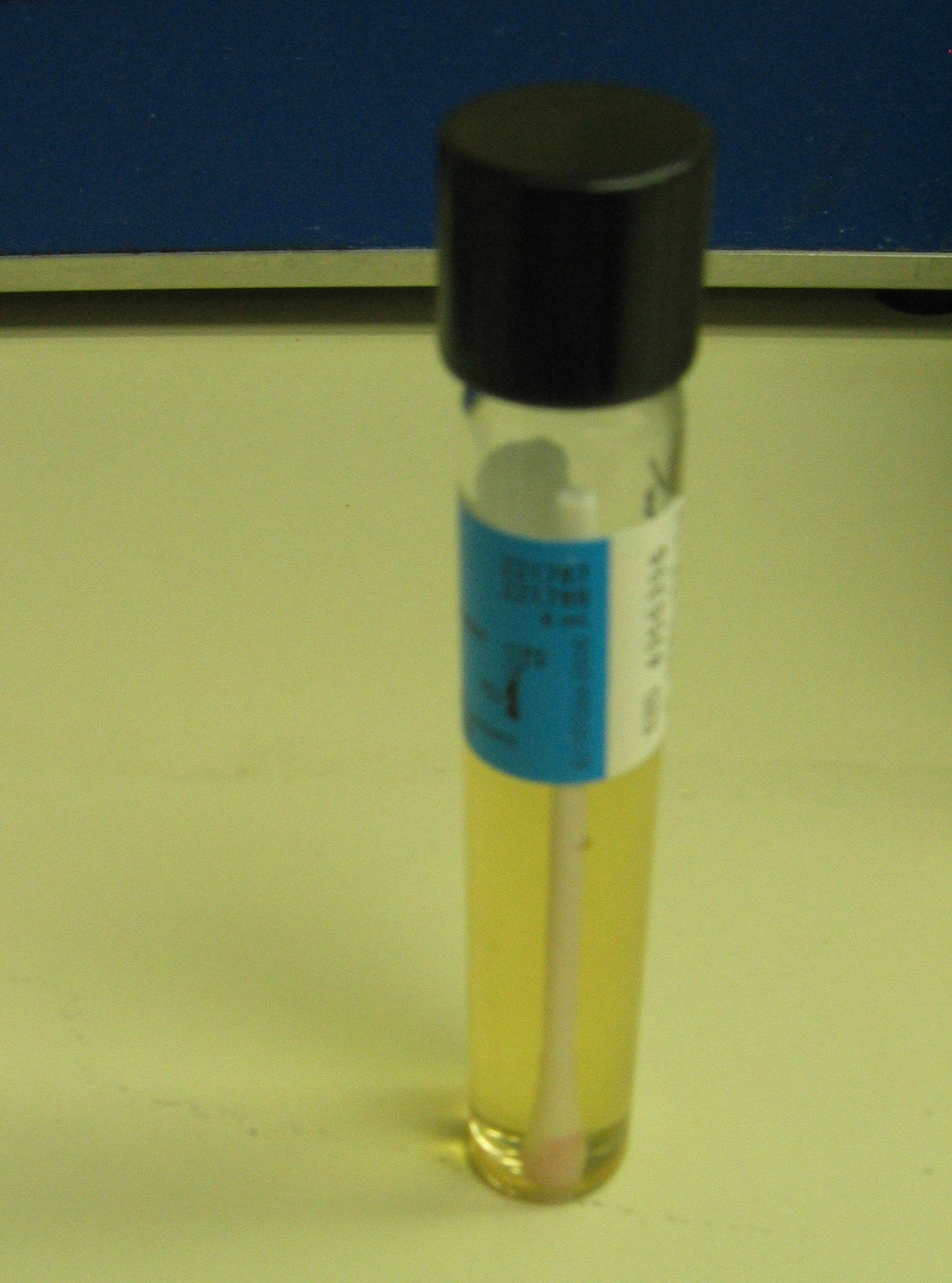thioglycollate broth on:
[Wikipedia]
[Google]
[Amazon]
Thioglycolate broth is a multipurpose, enrichment, differential medium used primarily to determine the oxygen requirements of microorganisms. Sodium thioglycolate in the medium consumes oxygen and permits the growth of  This allows the differentiation of obligate aerobes,
This allows the differentiation of obligate aerobes,
obligate anaerobe
Obligate anaerobes are microorganisms killed by normal Atmosphere of Earth, atmospheric concentrations of oxygen (20.95% O2). Oxygen tolerance varies between species, with some species capable of surviving in up to 8% oxygen, while others lose vi ...
s. This, combined with the diffusion of oxygen from the top of the broth, produces a range of oxygen concentrations in the medium along its depth. The oxygen concentration at a given level is indicated by a redox-sensitive dye such as resazurin that turns pink in the presence of oxygen.
 This allows the differentiation of obligate aerobes,
This allows the differentiation of obligate aerobes, obligate anaerobe
Obligate anaerobes are microorganisms killed by normal Atmosphere of Earth, atmospheric concentrations of oxygen (20.95% O2). Oxygen tolerance varies between species, with some species capable of surviving in up to 8% oxygen, while others lose vi ...
s, facultative anaerobes, microaerophiles, and aerotolerant organisms. For example, obligately anaerobic '' Clostridium'' species will be seen growing only in the bottom of the test tube.
Thioglycolate broth is also used to recruit macrophage
Macrophages (; abbreviated MPhi, φ, MΦ or MP) are a type of white blood cell of the innate immune system that engulf and digest pathogens, such as cancer cells, microbes, cellular debris and foreign substances, which do not have proteins that ...
s to the peritoneal cavity of mice when injected intraperitoneally. It recruits numerous macrophages, but does not activate them.
References